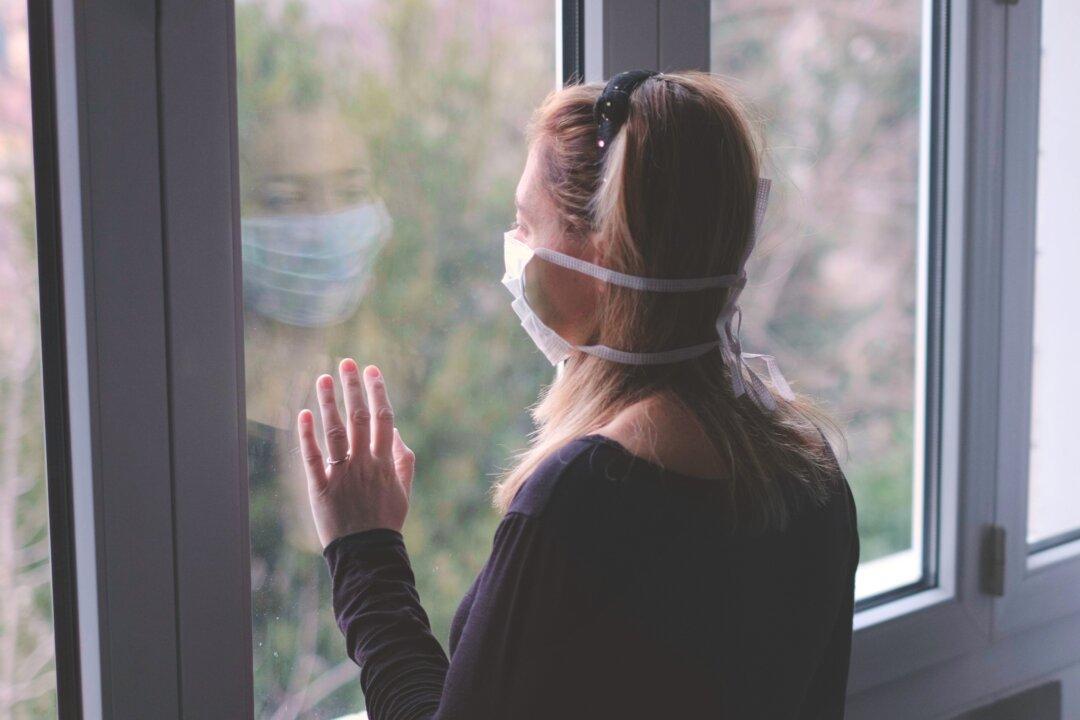A review of data from 87 regions worldwide found that in about 98 percent of the comparisons, there was no evidence that lockdowns reduced the number of COVID-19 deaths.
The locking down of healthy people in their homes in order to prevent the spread of disease is an unprecedented public health move that has had devastating effects on the economy and has set a dangerous precedent for freedom and human rights.





